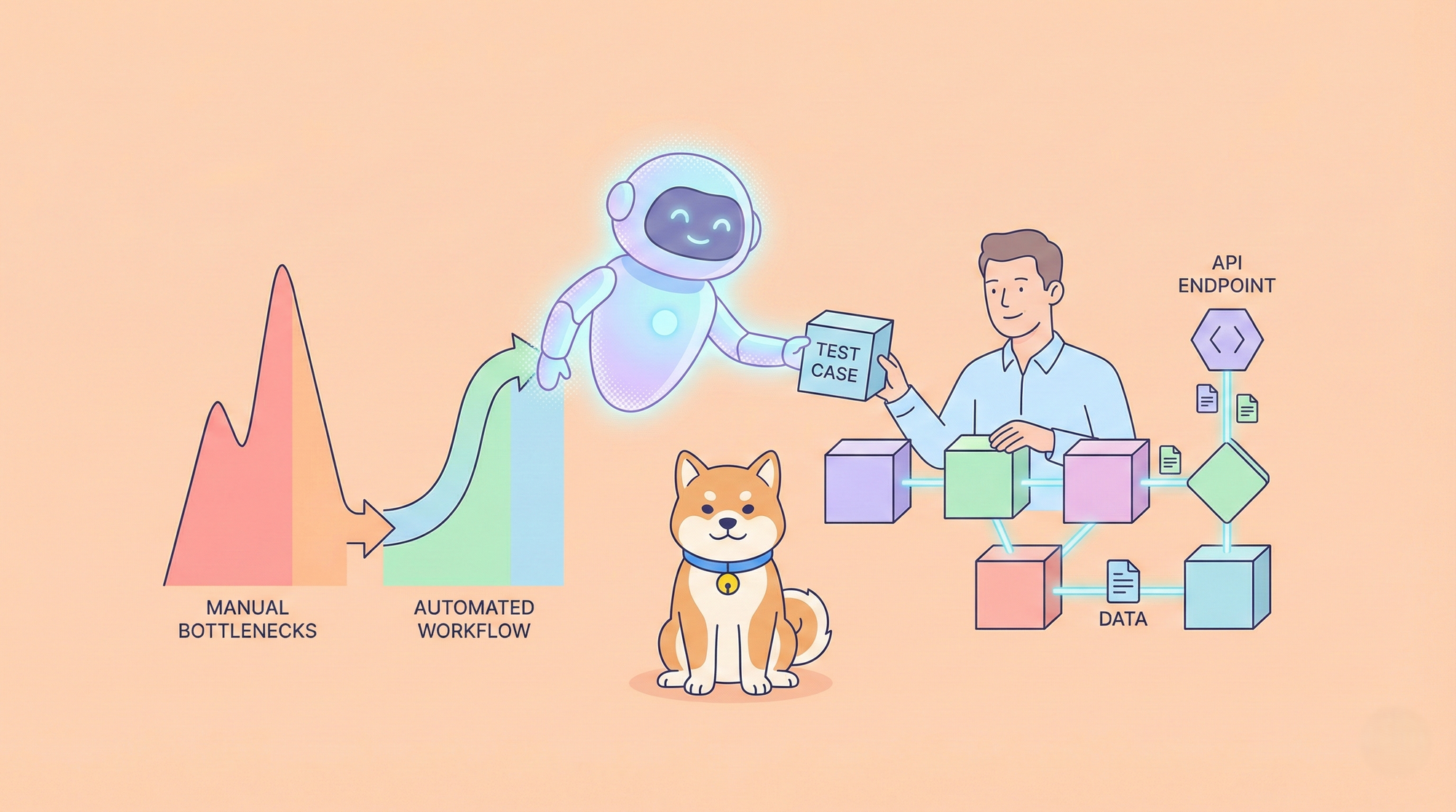In API development, security is non-negotiable. Managing sensitive information such as API keys, tokens, and other secrets securely across projects can be challenging, especially in collaborative environments. Apidog takes this challenge head-on with its seamless integration of external vaults like HashiCorp Vault, Azure Key Vault, and AWS Secrets Manager.
This article explores how to integrate HashiCorp Vault with Apidog to enhance your API workflows while maintaining top-notch security practices.
How to Integrate Azure Key Vault with Apidog?
How to Integrate AWS Secrets Manager with Apidog?
What is HashiCorp Vault?
HashiCorp Vault is an identity-based secrets and encryption management system that enables secure storage, access control, and lifecycle management of sensitive data like API keys, passwords, and encryption keys. Vault helps organizations centralize their secrets, reduce credential sprawl, and enhance security by controlling access through robust authentication and authorization mechanisms. Its key features include encryption, dynamic and static secret management, leasing, and audit logging.
Key Use Cases of HashiCorp Vault:
- General Secret Storage
Vault securely stores both short-lived (dynamic) and long-lived (static) credentials behind a cryptographic barrier. It reduces risks by providing time-limited access to secrets and automatically revoking expired credentials. - Dynamic Secrets Management
Vault generates credentials on-demand for systems like databases, Active Directory, and cloud platforms. It manages the lifecycle of these secrets, ensuring they are automatically revoked after a specified lease period. - Data Encryption
Vault provides encryption-as-a-service, simplifying data encryption and decryption without requiring developers to manage complex cryptographic systems. It supports centralized key management for encrypting data in transit and at rest. - Identity-Based Access Control
By unifying identities across various systems, Vault enables secure access management. It integrates with trusted identity providers, enforcing role-based access control (RBAC) across multi-cloud and hybrid environments. - Key Management
Vault allows centralized control of encryption key lifecycle and distribution while leveraging cloud providers’ cryptographic capabilities. It ensures consistent workflows across different environments, maintaining the root of trust.
HashiCorp Vault is an indispensable tool for organizations looking to secure sensitive data, enforce strict access policies, and streamline key management in cloud-native, multi-cloud, and hybrid infrastructures.
Why Use HashiCorp Vault with Apidog for API Key Safety?
When paired with Apidog, HashiCorp Vault empowers API teams to:
- Eliminate Hardcoded Secrets: Replace static credentials with dynamic, securely fetched secrets.
- Enhance Security Practices: Protect sensitive API keys and tokens from accidental exposure.
- Automate Secret Management: Retrieve and use secrets without manual intervention during API testing.
- Increase Efficiency: Reduce setup time and streamline workflows by integrating secret management into your API lifecycle.
These benefits make Apidog and HashiCorp Vault an ideal combination for teams looking to secure their API development and testing processes.
Step-by-step Guide to Integrate HashiCorp Vault with Apidog
Integrating HashiCorp Vault with Apidog allows you to securely manage and access secrets for your APIs, enhancing security and simplifying secret management. In this guide, we focus on integrating the community edition of HashiCorp Vault with Apidog using the token authentication method. For users leveraging the Cloud Edition of HashiCorp Vault or those interested in using the OIDC authentication method, please refer to the Apidog help doc for a step-by-step guide.
Prerequisites
- Apidog Enterprise Plan: Vault secrets integration is available on the Apidog Enterprise plan.
- Vault Access: You need access to either HashiCorp Vault Community Edition or HCP Vault (Cloud Edition).
Step 1: Token Authentication
Here is how you can integrate HashiCorp Vault Community Edition with Apidog using the token authentication method:
- Set Up Vault URL: Begin by ensuring your Vault service is running. By default, the Vault service operates locally at
http://127.0.0``.1:8200. If your setup uses a different URL, replace it accordingly. - Generate and Enter Token: Go to your Vault and generate a token. Once you have the token, enter it into Apidog. Keep in mind that the token is not uploaded to the server or shared with your team, ensuring your secrets remain secure.
- Test the Connection: After entering the token, click on the
Test Connection. If the setup is correct, aSucceededmessage will confirm that the connection is properly configured.

Step 2: Fetching Secrets from Vault
After configuring the integration, you can fetch secrets from Vault and use them within Apidog. Here’s how:
- Create a Secret in Vault: Use the Vault CLI to create a secret. For example:
vault kv put -mount=secret hello foo=worldThe secret’s path will appear as:
secret/data/hello
- Link the Secret in Apidog: In Apidog, enter the metadata for the secret, such as the path
secret/data/hello.

- Fetch the Secret: Click the
Fetch Secretsbutton in Apidog. The secret will be securely retrieved from the Vault.

- View and Use the Secret: To view the secret, click the eye icon next to it in Apidog. Once visible, you can securely use the fetched secret in your API requests or workflows.

Using Vault Secrets in Apidog
Once integrated, Apidog makes it easy to use secrets dynamically in your API workflows.
Accessing Secrets as Variables
Secrets from HashiCorp Vault can be used in Apidog wherever variables are supported. To reference a secret, use the syntax:
{{vault:key}}
Using Secrets in Scripts
In Apidog scripts, you can fetch the value of a secret programmatically using the following code:
await pm.vault.get("key");- The
keyrepresents the name of the secret you want to retrieve. - If you use
console.logto print the value of the secret, the value will be masked for security purposes.

Apidog ensures that your secret values remain private and secure. While the variable names and metadata are shared among team members for convenience, the actual secret values are never shared.
To access the secrets, team members must have proper authorization, maintaining a balance between collaboration and confidentiality.
Best Practices for Using HashiCorp Vault with Apidog
Follow these practices to maximize security and efficiency when using Vault and Apidog:
- Automated Secret Rotation: Regularly rotate secrets to minimize exposure risks.
- Role-Based Access Control (RBAC): Assign specific permissions to users or applications.
- Environment Segmentation: Store secrets separately for development, staging, and production.
- Audit Trails: Monitor secret access and usage to ensure compliance.
- Encryption Standards: Always encrypt secrets during storage and transmission.
Conclusion
Vault secrets in Apidog let you securely manage sensitive data without exposing it to your team or the platform. Whether using variables in workflows or scripts, Apidog ensures a safe and efficient way to handle secrets.
Integrating HashiCorp Vault with Apidog transforms API development and testing by enabling dynamic secret management, safeguarding API keys, and enhancing productivity. Follow the outlined steps to streamline your API workflows and boost security.
Secure your APIs today with Apidog and HashiCorp Vault—the perfect pair for modern API workflows!



